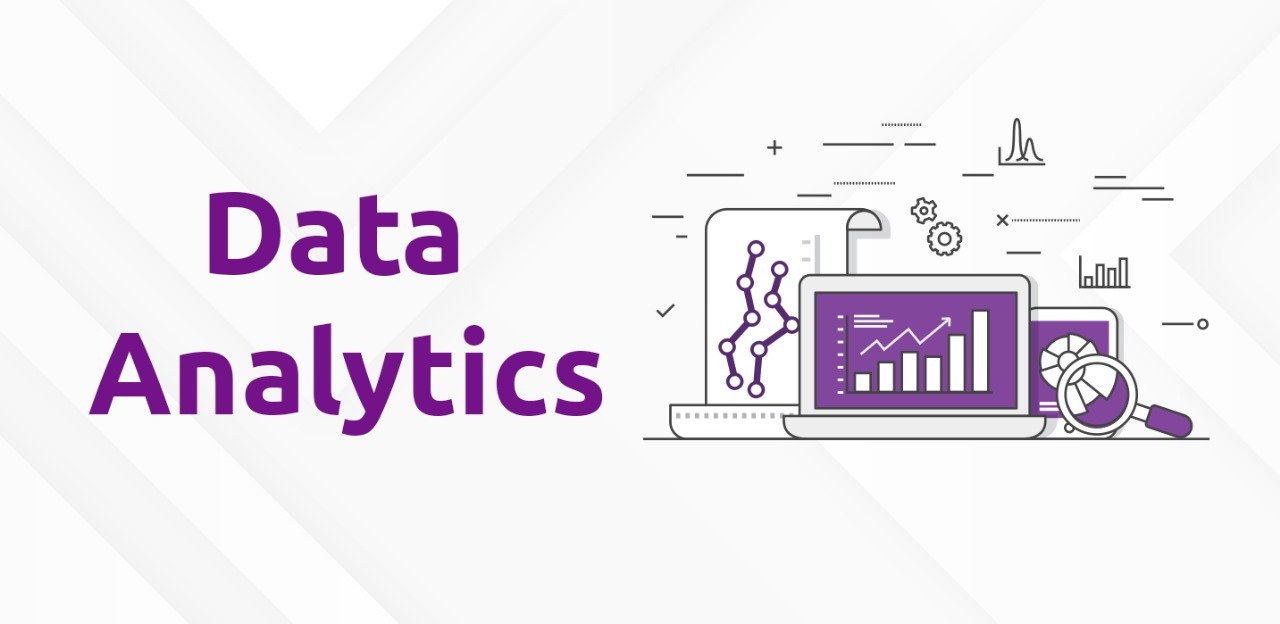The Future of Cloud Computing: What to Expect in 2025
Cloud computing has transformed how businesses operate, store data, and run applications. As we approach 2025, cloud technology is poised to revolutionize industries even further. In this blog, we’ll explore the key trends and advancements shaping the future of cloud computing and its impact on businesses.
1. Growth of Hybrid and Multi-Cloud Environments
One of the most significant shifts in cloud computing is the increasing adoption of hybrid and multi-cloud environments. In the past, businesses often relied on a single cloud provider. However, by 2025, more companies will adopt a mix of on-premise, private, and public clouds to enhance flexibility and avoid vendor lock-in. This approach will allow businesses to choose the best cloud solutions for different tasks and workloads, increasing operational efficiency.
Hybrid and multi-cloud environments also offer more control over sensitive data. Companies can store critical information on private clouds, while leveraging public clouds for scalability and cost efficiency.
2. Artificial Intelligence and Machine Learning Integration
AI and machine learning (ML) are no longer futuristic concepts; they are integral to cloud computing today. As we head towards 2025, we can expect even deeper integration of AI and ML into cloud services. These technologies will enable cloud platforms to offer smarter solutions, such as automated resource management, predictive analytics, and personalized customer experiences.
Businesses can harness these capabilities to gain valuable insights, improve decision-making, and enhance customer engagement. The combination of AI, ML, and cloud computing will also drive innovation in fields such as healthcare, finance, and retail.
3. Serverless Computing
Serverless computing has gained traction in recent years, and by 2025, it will be an essential component of cloud infrastructure. This model allows businesses to run applications without managing servers, reducing the complexity of infrastructure management.
In serverless environments, companies pay only for the actual computing resources used, making it an attractive option for organizations looking to reduce costs. It’s particularly useful for applications with unpredictable workloads, such as real-time data processing or microservices.
4. Edge Computing
Edge computing, the practice of processing data closer to the source of data generation, will see exponential growth by 2025. With the rise of IoT (Internet of Things) devices, edge computing allows businesses to process data locally, reducing latency and improving speed.
This technology will be especially important in industries like autonomous vehicles, smart cities, and healthcare, where rapid data processing is critical. As the need for faster, more efficient computing grows, edge computing will become a core component of cloud strategies.
5. Cloud Security Advances
As more businesses move their operations to the cloud, security will remain a top priority. By 2025, cloud security will be more robust, with advanced encryption techniques, automated security protocols, and AI-driven threat detection systems. Cloud providers will continue to improve security measures to protect sensitive data and ensure compliance with industry regulations.
One trend we expect to see is the rise of zero-trust security models. In a zero-trust environment, no one—whether inside or outside the organization—can be trusted by default. Every user and device must be verified before accessing resources. This approach will significantly reduce the risk of data breaches and cyberattacks.
6. Cloud-Native Technologies
Cloud-native technologies, such as containers and Kubernetes, will become mainstream by 2025. These technologies allow developers to build, deploy, and scale applications more efficiently in the cloud.
Containers enable applications to run consistently across different environments, while Kubernetes automates the deployment, scaling, and management of containerized applications. These solutions will make it easier for businesses to innovate quickly, respond to customer needs, and scale operations as required.
7. Increased Adoption of Cloud for Remote Work
The COVID-19 pandemic accelerated the shift to remote work, and cloud computing played a central role in making this transition possible. By 2025, cloud platforms will continue to support remote work by offering better collaboration tools, secure access to corporate resources, and improved virtual workspaces.
Businesses will rely on cloud-based productivity tools and applications for seamless communication, file sharing, and project management. As the workforce becomes increasingly decentralized, cloud solutions will help maintain productivity and collaboration across geographically dispersed teams.
8. Sustainability in Cloud Computing
With increasing awareness of environmental sustainability, cloud providers will continue to focus on reducing their carbon footprint. By 2025, more cloud services will be powered by renewable energy sources.
This trend will not only help cloud providers meet regulatory requirements but also cater to businesses that are looking to reduce their environmental impact. Cloud technologies will enable businesses to adopt greener practices by optimizing resource usage, reducing waste, and improving energy efficiency.
Conclusion
Cloud computing is set to evolve rapidly in the next few years, with exciting innovations that will transform how businesses operate. From hybrid and multi-cloud solutions to the integration of AI and edge computing, the future of cloud technology holds immense potential.
At Vtricks Technologies, we understand the importance of staying ahead of the curve in this rapidly changing landscape. As cloud computing continues to shape the future of business, we are committed to providing cutting-edge solutions that empower your organization to thrive in the cloud.
Whether you’re looking to optimize your cloud strategy or embrace the latest trends, Vtricks is here to guide you toward success in the digital age.
By preparing for the future of cloud technology, your business can gain a competitive edge, improve operational efficiency, and enhance customer experiences in the years to come.
Stay tuned for more insights from Vtricks Technologies!





